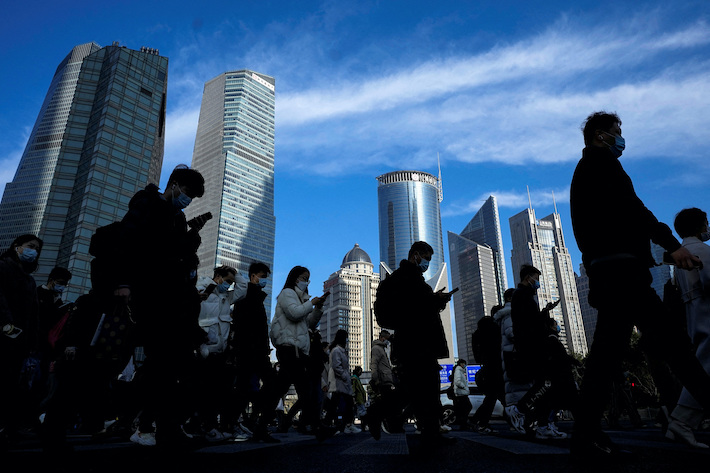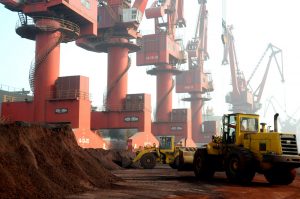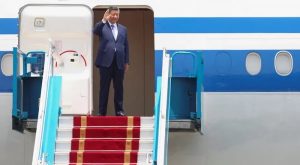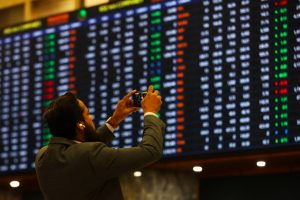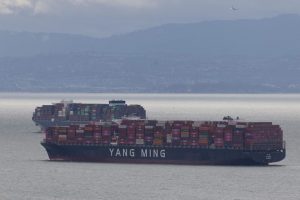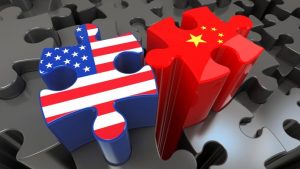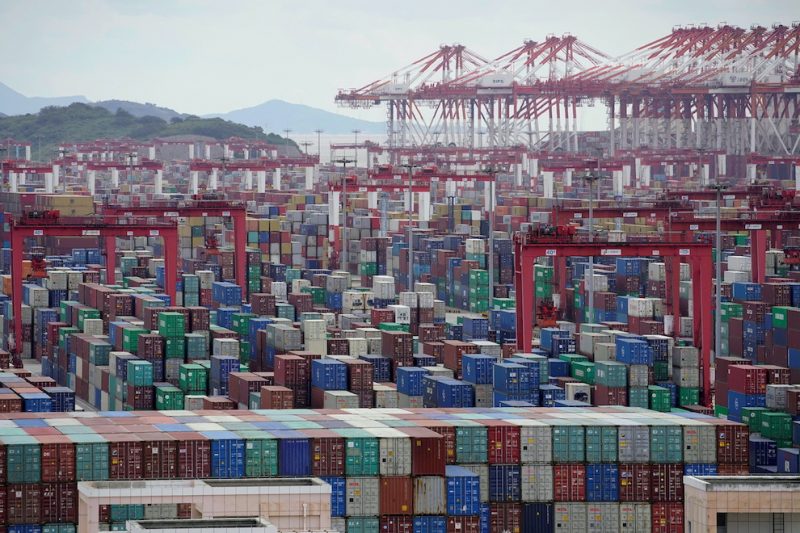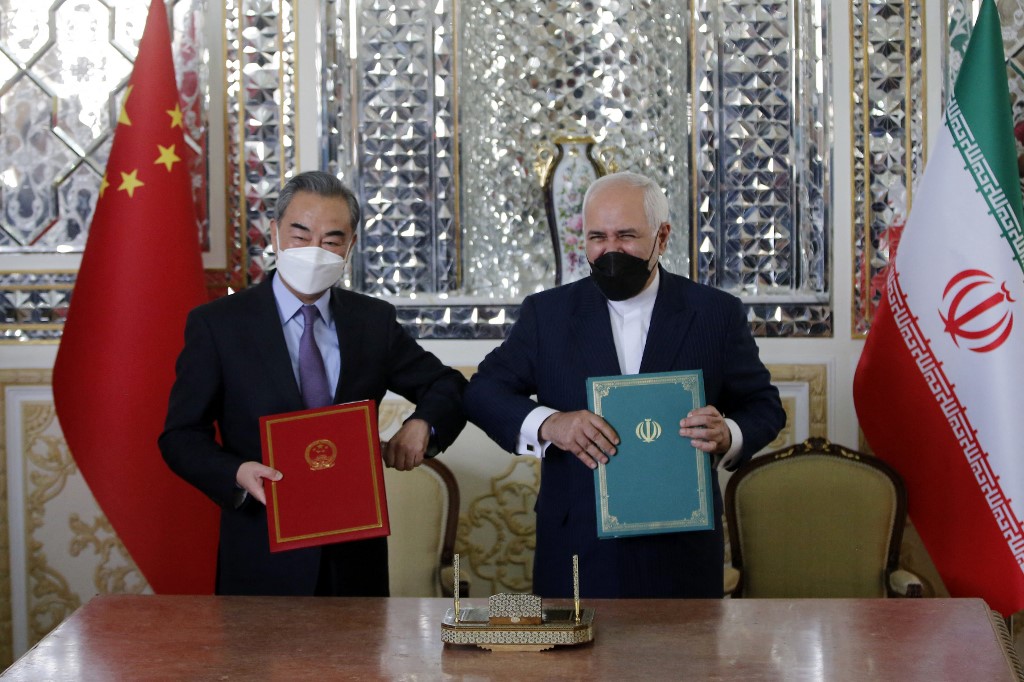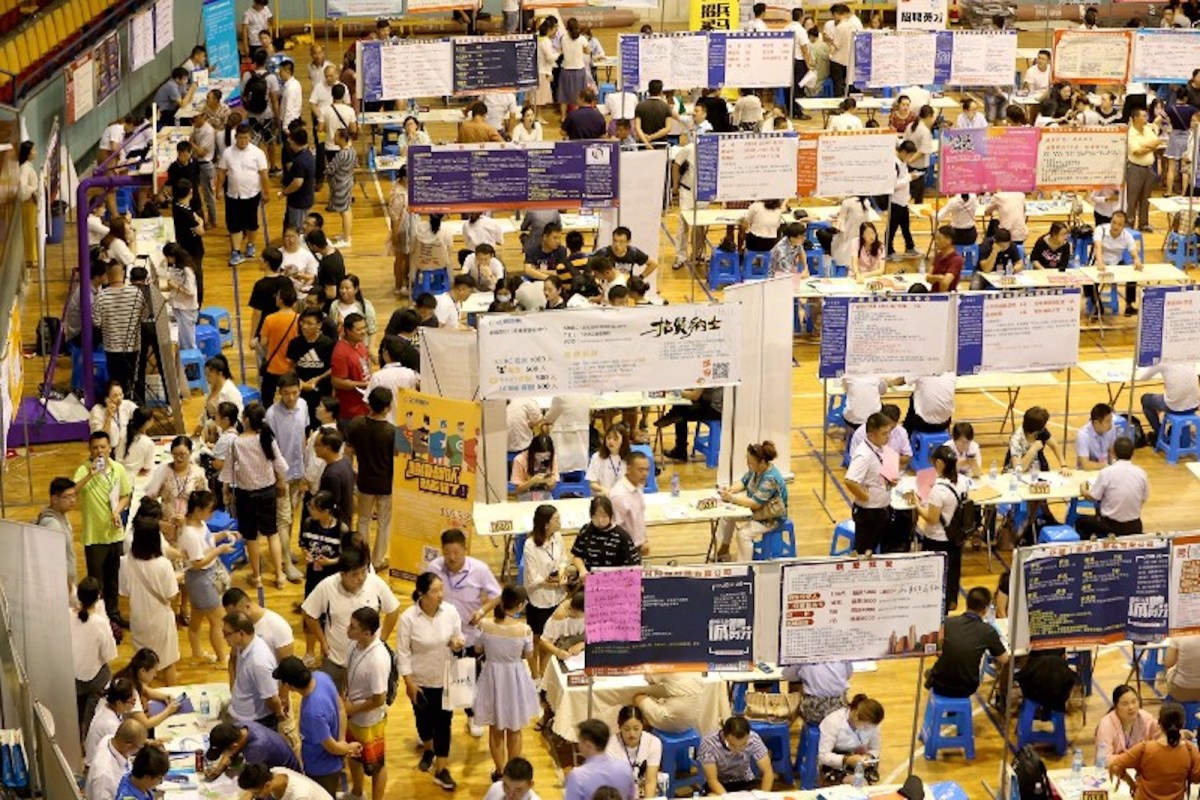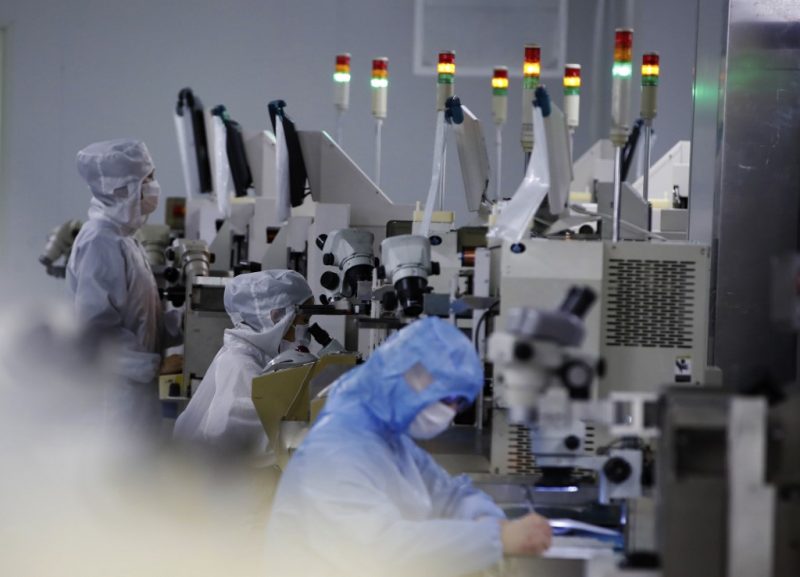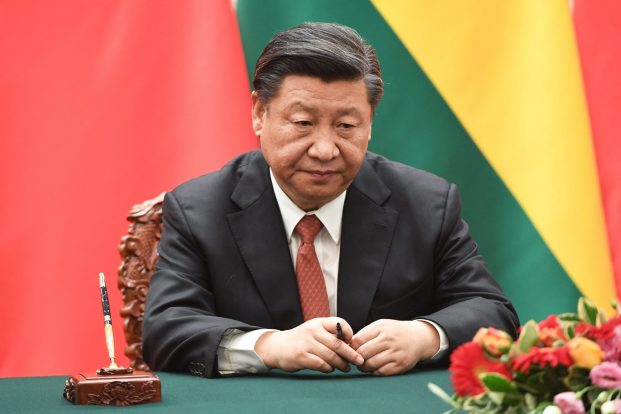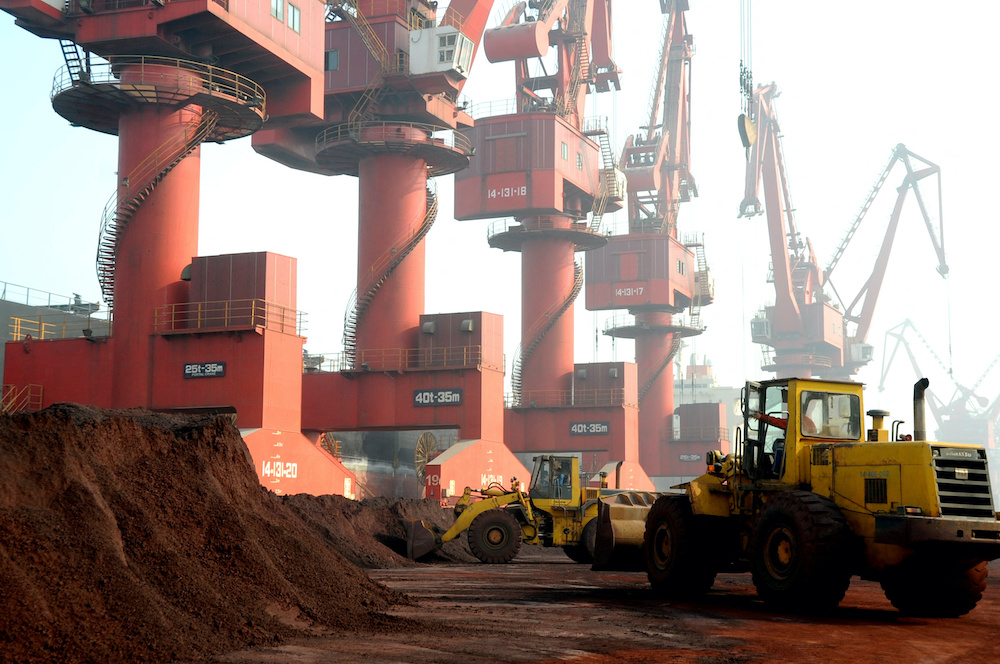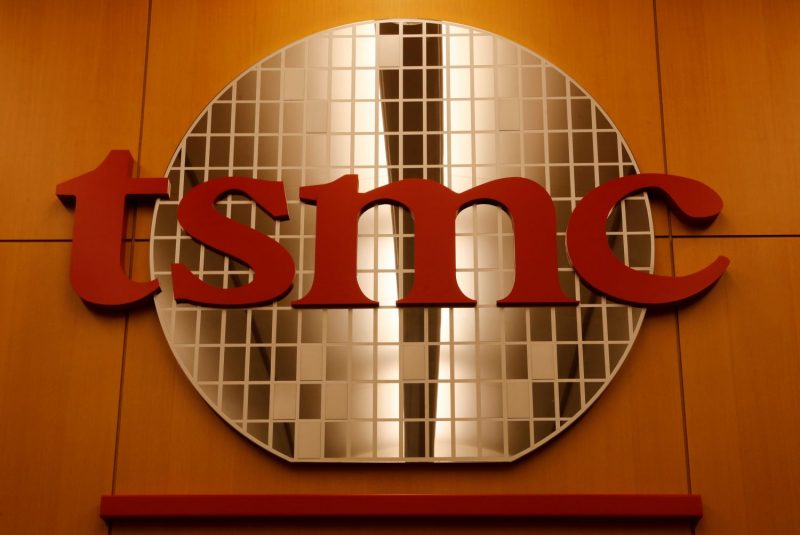China achieved its economic goal of 5% growth last year, but public complaints about worsening living standards show Beijing has failed to share its industrial and export gains with ordinary citizens – or are sceptical about the data.
And there is concern the country’s unbalanced growth and structural inequities may get worse in 2025, as China plans to continue using debt to counter the impact of tariff hikes from the US, after Donald Trump becomes president on Monday, and seeks to slash a trade deficit of close to $1 trillion.
China’s December data showed industrial output far outpacing retail sales, and the unemployment rate ticking higher, highlighting the supply-side strength of an economy running a trillion-dollar trade surplus, but also its domestic weakness.
ALSO SEE: China Emptying Dams as Cracks Found After Big Quake in Tibet
The export-led growth is partly underpinned by factory-gate deflation, which makes Chinese goods competitive on global markets, but also exposes Beijing to greater conflicts as trade gaps with rival countries widen. At home, falling prices have ripped into corporate profits and workers incomes.
Andrew Wang, an executive in a company providing industrial automation services for the booming electrical vehicle sector, said his revenues fell 16% last year, prompting him to cut jobs, which he expects to do again soon.
“The data China released was different from what most people felt,” Wang said, comparing this year’s outlook with notching up the difficulty level on a treadmill.
“We need to run faster just to stay where we are.”
China’s National Bureau of Statistics and the State Council Information Office, which handles media queries for the government, did not immediately respond to questions about the doubts over official data.
If the bulk of the extra stimulus Beijing has lined up for this year keeps flowing towards industrial upgrades and infrastructure, rather than households, it could exacerbate overcapacity in factories, weaken consumption, and increase deflationary pressures, analysts say.
A ‘dubious’ outcome
“It seems dubious that China precisely hit its growth target for 2024 at a time when the economy continues to face tepid domestic demand, persistent deflationary pressures, and flailing property and equity markets,” said Eswar Prasad, trade policy professor at Cornell University and a former China director at the International Monetary Fund.
“Looking ahead, China not only faces significant domestic challenges but also a hostile external environment.”
Chinese exporters expect higher tariffs to have a much greater impact than during Trump’s first term, accelerating a reshoring of production abroad and further shrinking profits, hurting jobs and private sector investment.
A trade war 2.0 would find China in a much more vulnerable position than when Trump first raised tariffs in 2018, as it still grapples with a deep property crisis and huge local government debt, among other imbalances.
So far, Beijing has pledged to prioritise domestic consumption in this year’s policies, but has revealed little apart from a recently-expanded trade-in programme that subsidises purchases of cars, appliances and other goods.
China gave civil servants their first big pay bump in a decade, although the higher estimates measure the overall increase at roughly 0.1% of GDP. Financial regulators got steep wage cuts, as have many others in the private sector.
Q4 growth lifted by front-loaded exports
For Jiaqi Zhang, a 25-year-old investment banker in Beijing, 2024 felt like a downturn, having seen her salary trimmed for a second consecutive year, bringing the total reduction to 30%. Eight or nine of her colleagues lost their jobs, she said.
“There is a general feeling of unease in the company,” said Zhang, who has cut back on buying clothes and dining out. “I’m ready to leave at any time, just that there’s nowhere to go right now.”
The world’s second-largest economy beat economists’ 2024 forecast of 4.9% growth. Its fourth-quarter 5.4% pace was the quickest since early 2023.
“China’s economy is showing signs of revival, led by industrial output and exports,” Frederic Neumann, chief Asia economist at HSBC, said.
But the last-minute bounce in growth may already have been flattered by front-loading of shipments to the US ahead of any new tariffs, which will inevitably lead to a pay-back, he said.
“There will be an even bigger need to apply domestic stimulus” this year, Neumann said.
Longstanding scepticism on official data
China and Hong Kong shares rose slightly, but the yuan lingered near 16-month lows, under pressure from sliding Chinese bond yields and the tariff threat.
Subdued markets reflect wavering confidence in China’s outlook, analysts said.
Beijing has rarely missed its growth targets. The last time was in 2022 due to the pandemic.
“Are investors around the world going to invest in China because they hit 5%? No,” said Alicia Garcia-Herrero, chief economist for Asia Pacific at Natixis, who expects slower 2025 growth. “So it’s becoming an irrelevant target.”
Also, long-standing scepticism about the accuracy of official data has shifted into higher gear over the past month.
A bearish commentary by Gao Shanwen, a prominent Chinese economist who spoke of “dispirited youth” and estimated that GDP growth may have been overstated by 10 percentage points between 2021 and 2023, vanished from social media after going viral.
In a December 31 note, Rhodium Group estimated that China’s economy only grew 2.4%-2.8% in 2024, pointing to the disconnect between relatively stable official figures throughout the year and the flood of stimulus unleashed from about the mid-way mark.
This included May’s blockbuster property market package, the most aggressive monetary policy easing steps since the pandemic in September and a 10 trillion yuan ($1.36 trillion) debt package for local governments in November.
“If China’s actual growth is below headline rates, it suggests there is a broader problem of China’s domestic demand that is contributing to global trade tensions,” Rhodium partner Local Wright told Reuters.
“Overcapacity would be a far less pressing issue if China’s economy was actually growing at 5% rates.”
- Reuters with additional editing by Jim Pollard
ALSO SEE:
China Unveils Bond-Funded Initiatives to Boost Sluggish Economy
Biden Restricts Access to AI Chips to US Firms And Its Allies
US Probe Shows China Unfairly Dominates Shipbuilding: Sources
China Plans Record $411 Billion Bond Issuance in 2025: Sources
New US Probe Announced Into China’s Legacy Chips
Trump Planning to Clamp Down on Chinese EV Supply Chains
Key EV Software Must be Made in an Allied Nation: US Official
China Central Bank ‘to Allow a Weaker Yuan’ as Trade Risk
China to Use Bonds to Pay For Consumer Trade-in Scheme




